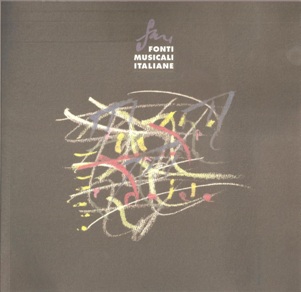Lo scacco di San Pietro a Majella. Guido Alberto Fano fra Martucci e Cilea
Abstract
Checkmate at San Pietro a Majella. Guido Alberto Fano between Martucci and Cilea
This paper retraces the fortunes of the Naples Conservatory during the four years when the director was Guido Alberto Fano, pianist, conductor and composer from Padua (1875-1961).
Arriving in Naples in 1912, three years after the death of the previous director Giuseppe Martucci, to reorganize a difficult didactic and administrative situation, Fano at first achieved remarkable results. Assisted in his work by a royal commissioner from Rome, the Venetian Alberto Salvagnini, and supported by a good part of the Neapolitan musical milieu, Fano was instead opposed by a group of colleagues, musicians and newspaper critics who resented the appointment of a northerner to the direction of the conservatory. Probably prompted by Rocco Pagliara, the conservatory librarian, they engaged in a bitter campaign against the director and succeeded, in 1916, in getting him transferred to Palermo and at the same time moving Francesco Cilea from Palermo to Naples. An unquestionable turning point in the affair was the alternation of the Minister of Public Education in 1914 – when Luigi Credaro (who had always upheld the work of Fano) was succeeded first by Edoardo Daneo and then by Pasquale Grippo – and the consequent setting-up of a new administrative structure in the conservatory entitled «Supervisory Council» which operated in open opposition to the director.
A substantial documentation is cited and reproduced as proof of the above, consisting of newspaper articles, letters, administrative reports, ministerial communications, minutes of the Supervisory Council, etc. which are preserved at Naples at the conservatory, and in the municipal libraries, and at Venice in the Fano Archive. These documents testify that those years were extremely fruitful and replete with activity for the Neapolitan institution and that the initiative and tenacity of the young director resulted in a radical reorganization of the artistic, didactic and administrative situation at the conservatory. In addition, they evidence how the press and general public followed with great attention this evolution, supporting and appreciating vociferously the rebirth of the conservatory, and in addition opposing with indignation the prejudicial intrigues against the executive management.
Downloads
Published
Issue
Section
License
© CIDIM
Tutti i diritti riservati


